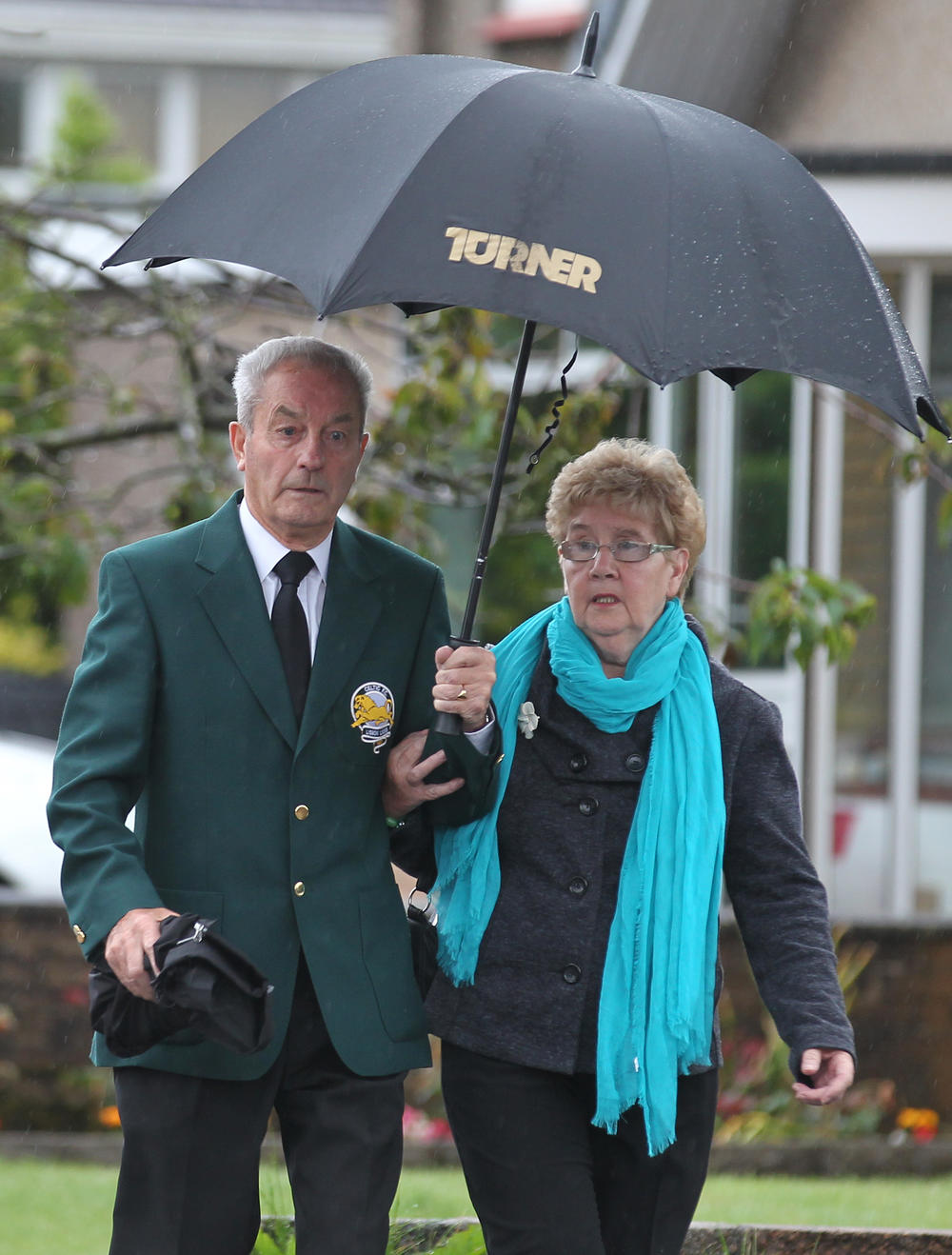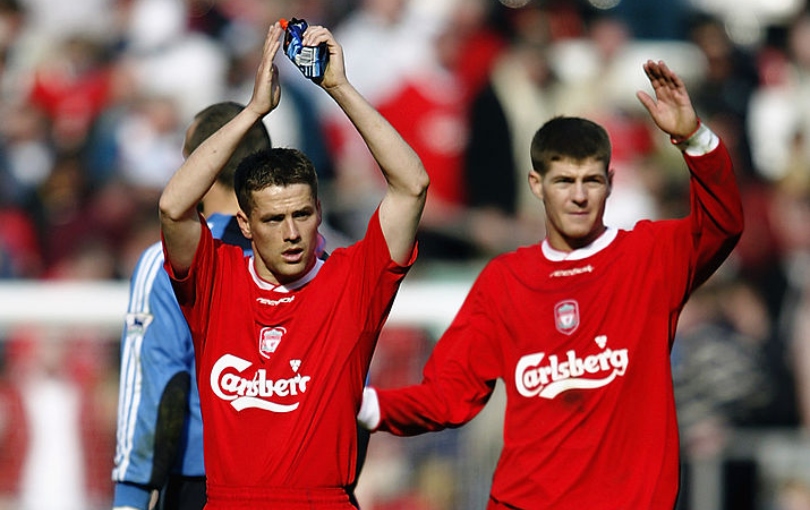Stevie Chalmers: The man who survived tuberculosis to become Celtic cup hero

Stevie Chalmers, the scorer of Celtic’s most important goal, had a gift for upsetting the odds.
Chalmers completed the comeback as 11 men from within a 30-mile radius of Glasgow beat favourites Inter Milan 2-1 to win the European Cup in 1967.
But he won his biggest battle more than a decade earlier after contracting tuberculosis meningitis aged 20.
His survival was hailed as a “triumph of modern medicine” and he went on to fulfil his dream of playing for Celtic, scoring 231 goals and winning 15 trophies.
Family's great sadness as #CelticFC legend Stevie Chalmers passes away.— Celtic Football Club (@CelticFC) April 29, 2019
Thomas Stephen Chalmers was born on Boxing Day, 1935, the youngest of five siblings. Football dominated his early years in Glasgow’s east end.
Chalmers would head the ball against the wall of an air raid shelter and practise with his father David, a factory worker who formerly played for Clydebank alongside Celtic’s record goalscorer, Jimmy McGrory.
Chalmers left school aged 14 and worked in a tool shop and furniture warehouse, but his goal was to become a footballer. He played for Kirkintilloch Rob Roy and featured in FA Cup preliminary rounds for Newmarket Town during national service at RAF Stradishall, but fell seriously ill following his return to Glasgow.
Get FourFourTwo Newsletter
The best features, fun and footballing quizzes, straight to your inbox every week.
Chalmers spent six months in Belvidere Hospital, next to Celtic Park, but found a saviour in Peter McKenzie, who pioneered the treatment of draining spinal fluid. Dr McKenzie later told Chalmers he was the first of his patients to get out alive and presented the case as a “triumph of modern medicine” during conferences in North America.
After rediscovering his fitness by road running and chasing after buses, Chalmers played for Ashfield and won Scotland Juniors honours in January 1959. Weeks later he joined Celtic despite receiving bigger financial offers from elsewhere.
Chalmers soon became a regular goalscorer but the early 1960s were barren years for Celtic with chairman Robert Kelly often overruling McGrory, then manager, on team matters. The forward would go into work early to hone his skills but was ordered to leave the ball alone and run round the pitch. Chalmers grew disillusioned but never thought of leaving.
Things changed dramatically when Jock Stein took over as manager in March 1965, having been promised full control. Celtic won the Scottish Cup a month later – their first trophy in eight years – and kept on winning as the tactically-shrewd Stein utilised Chalmers’ pace and movement.
The high point came in May 1967 when Chalmers’ deft touch in Lisbon completed a clean sweep of trophies and continued his record of scoring in every round of the club’s first European Cup campaign.
Chalmers later said: “That goal has brought me nothing but happiness. My only tinge of regret is that my father never got to see it; he had passed away shortly before we got to the final in Lisbon. It would have been lovely for him to see that.”
Celtic Football Club is devastated at the death of Stevie Chalmers, one of #CelticFC’s greatest ever goalscorers and the man who scored the most important goal in the club’s history.— Celtic Football Club (@CelticFC) April 29, 2019
The triumph came weeks after one of the low points in Chalmers’ career – when he was overlooked for Scotland’s famous Wembley win over England despite being first reserve when Jimmy Johnstone pulled out injured. Chalmers only won five caps, scoring three times, including a first-minute opener against Brazil in 1966.
Chalmers was soon to suffer more lows. He only played 25 times in the season after Lisbon, neither seeking nor receiving much of an explanation from Stein, with whom he did not have a close relationship. He remarked that Stein never showed any special appreciation for his Lisbon winner, in contrast to the aftermath of his hard-working shift as a lone striker in a semi-final goalless draw at Dukla Prague. “He really hugged me tight for the one and only time,” Chalmers said.
Chalmers played more often in the 1968-69 season and scored as Celtic sealed the treble with a 4-0 Scottish Cup final win over Rangers but he suffered a double leg fracture in the League Cup final against St Johnstone in October 1969.
He would only make six more Celtic appearances, the final one in a 6-1 win over Clyde in May 1971, which marked the last time the 10 outfield Lisbon Lions played together. Fittingly, Chalmers netted the final goal.
💔☘️ Such a sad week. RIP Stevie Chalmers https://t.co/w7gWvna757— Chris Sutton (@chris_sutton73) April 29, 2019
Despite signing a new contract – he only ever got one-year deals with Celtic – Chalmers was soon sold to Morton. He did not enjoy juggling his dual role as player-coach along with a new job as proprietor of an off-licence in Maryhill, and left in summer 1972.
He spent three years as a Partick Thistle player before becoming sales manager for the Celtic Pools.
Chalmers retired after a stress-related heart attack in the late 1980s and later moved from Bishopbriggs to Troon, where he indulged his other passion for golf, although he continued to work as a match-day host at Celtic Park.
His family announced he was suffering from dementia when he was unable to attend the Lisbon Lions’ 50th anniversary celebrations.
Chalmers and wife Sadie had six children.
FourFourTwo was launched in 1994 on the back of a World Cup that England hadn’t even qualified for. It was an act of madness… but it somehow worked out. Our mission is to offer our intelligent, international audience access to the game’s biggest names, insightful analysis... and a bit of a giggle. We unashamedly love this game and we hope that our coverage reflects that.

